The German Air Force ‘Luftwaffe’ of the Second World War.
The victorious years until 1942 (Part I): Blitzkrieg in Poland and the West, Battle of Britain, Operation Barbarossa.
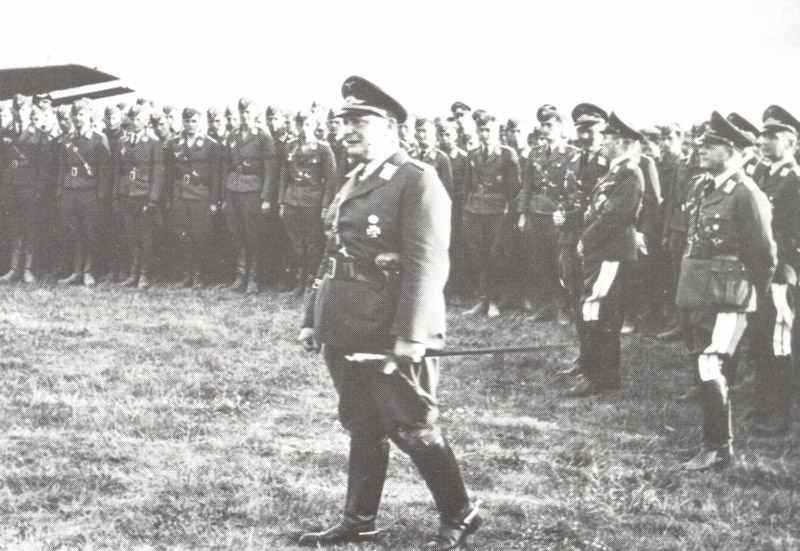
German Luftwaffe in World War II
Table of Contents
The German Luftwaffe was the aerial warfare branch of the Wehrmacht (German Armed Forces) during World War II. It played a crucial role in the early successes of Nazi Germany, but ultimately faced defeat as the war progressed.
Overview about the Luftwaffe
Formation: The Luftwaffe was officially established in 1935, in violation of the Treaty of Versailles, which prohibited Germany from having an air force.
Leadership: The Luftwaffe was led by Reichsmarschall Hermann Göring, a World War One fighter ace and one of Hitler’s closest allies.
Early successes: The Luftwaffe played a significant role in the Blitzkrieg tactics employed by Germany during the invasions of Poland (1939), France, and the Low Countries (1940).
Battle of Britain: The Luftwaffe faced its first major defeat in the Battle of Britain (1940), failing to achieve air superiority over the Royal Air Force (RAF).
Eastern Front: The Luftwaffe provided tactical support to the German Army during the invasion of the Soviet Union (Operation Barbarossa in 1941.
Technological advancements: Germany developed advanced aircraft, such as the Messerschmitt Bf 109, Focke-Wulf Fw 190, and later, the world’s first operational jet fighter, the Messerschmitt Me 262.
Attrition: As the war progressed, the Luftwaffe suffered heavy losses due to the increasing strength of the Allied air forces, the loss of experienced pilots, and resource shortages.
Defence of the Reich: From 1943 onward, the Luftwaffe focused on defending Germany from the strategic bombing campaigns conducted by the United States Army Air Forces (USAAF) and the RAF.
By the end of the war, the Luftwaffe had been severely weakened and was unable to counter the Allied air superiority, contributing to Germany’s ultimate defeat in 1945.
German Luftwaffe 1939-1942
Since this page is involved mainly with the Luftwaffe around 1939-1945, the assumption is that the visitor features fundamental knowledge with Luftwaffe background just before WW2: the prohibiting of military aircraft manufacturing by Germany in the Versailles Treaty of 1919 after World War One ; the steady expansion of para-military actions through the mid-1920s; the secret production facilities and flying training centers in Germany and Soviet Union; the creation of high-speed ‘mail planes’ and ‘sporting’ single-seaters which afterwards turned out to be bombers and fighters; the open secret of the presence of a German air force subsequent Hitler‘s accession to power in 1933 as well as the introduction of the Third Reich; the official commitment of the Luftwaffe’s presence 2 yrs afterwards, on 1 March 1935; as well as the blooding of several of its modern combat planes in the Spanish Civil War of 1936-1939.
Hence ready, in September 1939 the Luftwaffe went into WW2 having a front-line plane strength of nearly 4,200 planes. The majority of, with the main exclusion of these in reconnaissance units, were organized into Geschwader, a Geschwader being the estimated equivalent of an RAF Group. The Geschwader were split into Gruppen (each Group estimating to an RAF Wing), usually 3 in number; and each Group was in turn sub-divided into 3 Staffeln (Squadrons), with a common supplement of 9-12 planes per Squadron. Reconnaissance units were usually arranged into Gruppen and Staffeln simply.
By using these strategies, it was not really unexpected that the first months of the war should lead to definite triumphs for the German air and ground forces, which swept through Poland in under a 30 days, captured Norway – together with the very first airborne landing in military history – in 2 months, and had conquered France and the Low Countries prior to the end of June 1940. To Hitler and Goering, the Blitzkrieg (lightning war) theories had been totally vindicated. These people noticed no reason to increase the Luftwaffe, or perhaps to enhance its current aircraft, to be able to beat Great Britain, and priority for airplane manufacturing was considerably decreased. This was the very first fault, and it caused the Luftwaffe’s initial significant mistake.
To this point, the Luftwaffe had been utilized as a tactical weapon, generating air supremacy as well as delivering assistance for the ground forces of the Wehrmacht; and it had, primarily, encountered minor in the way of modern fighter resistance. During the summer and autumn of 1940 in the Battle of Britain, on the other hand, its weak armed bombers found proven ill-defended versus the RAF fighters, as well as their escort-fighters were lacking either the agility (in the case of the twin-engined Me 110) or even the range (in the case of the Me 109E) to wrest from the RAF’s single-engined Hawker Hurricane and Spitfire Mk I and II fighters the air supremacy required by the bombers in order to operate unmolested. In Oct 1940 the Luftwaffe was compelled to change to the night bombing of British cities – the ‘Blitz’ – which continued until the spring of 1941.
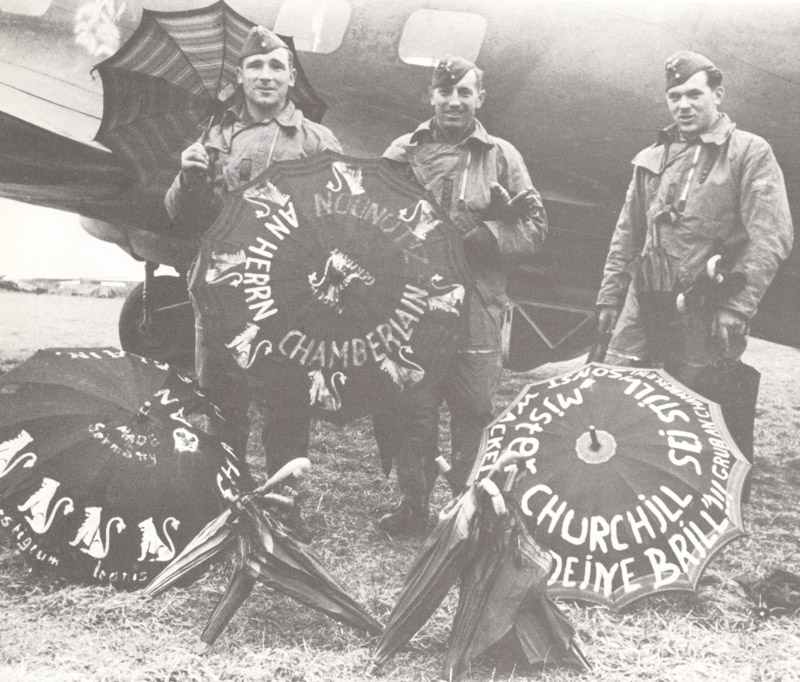
At the same time, Hitler‘s pursue of his ‘continental policy’ in Europe as well as the Mediterranean leaded to the conquest of the Balkans and the victorious air landing on Crete. Here, once again because it was able to present circumstances of air supremacy versus remarkably low quality resistance, the Luftwaffe’s work as a tactical air arm given bigger benefits. The Luftwaffe was struggling to duplicate that good results against Malta, but was sent in growing numbers to North Africa adopting the British offensive which began in late 1941, and organized a considerable power in northern Italy, for future operations, following Italy’s entry into WW2 on June 10, 1940.
Despite the fact that all these operations were taking place, the Luftwaffe had also been participating a significant element in the common anti-shipping war especially in the so-called ‘Battle of the Atlantic’. Its maritime planes had gone mine-laying in the Channel and along the eastern seaboard of the British Isles; harassed and wrecked Allied shipping in British coastal seas, as a prelude to the supposed invasion of the United Kingdom; and joined the U-boat sub force in their efforts to blocked resources to Great Britain coming from across the Atlantic and from other locations. This anti-shipping campaign was maintained in strength from the beginning of WW2 and it was not really seriously reduced until eventually late 1942.
With the Luftwaffe undoubtedly spread upon several theaters, the worst thing it wished or required – and the identical was a fact for the other German military – ended up being to be dedicated even more by Hitler‘s blind choice to attack Russia in Summer 1941. Battling over the Russian Front during Operation Barbarossa generated major demands upon Luftwaffe power, in either crews and planes, and the high losses suffered resulted in a critically vulnerable position by the end of 1942. Nor was the Soviet Union the Luftwaffe only dilemma.
By now, over the Reich, it had needed to take action to withstand the night-time bombing of Germany in power by the RAF bombers, which in fact had started over Cologne on the night of 30-31 May 1942 with Operation Millennium, the initial ‘thousand-bomber’ air strike. The very first time, the Luftwaffe was forced to form a night fighter force, for the bombers were turning into too countless for relaxation.
At this point, air-borne radar went into the idea, just as an Allied bombing support and as a method of assisting the German night fighters to find the Allied bombers. Daytime reprisal raids versus Britain by fighter-bombers, and strikes by night fighter/intruders, was unable materially in order to decrease the Allied air war.
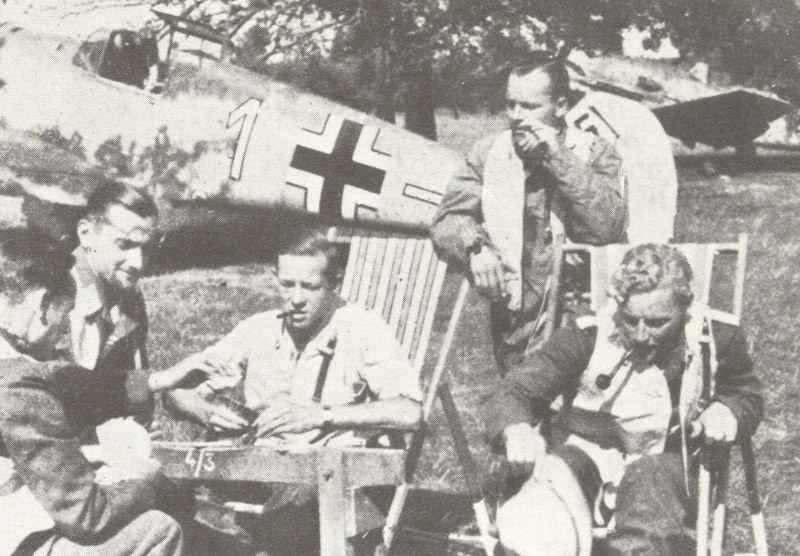
By the end of 1942 the Luftwaffe had to be realistic that its methods ended up unsuitable; that its upcoming plan was, unsurprisingly, indecisive; and that it would definitely need to arrange to deal with a considerably extended conflict compared to initially expected. Planes manufacturing was increased, and new designs were developed to replace or improve upon the planes currently operating. The problem complicated in 1943 with the help of USAAF B-17 and B-24 day bombers to the raids on Germany, to provide a round-the-clock bombing war together with the RAF, along with the fiasco of the Luftwaffe on the Russian Front. This loss of the Luftwaffe’s luck stumbled on a head on 18 August 1943, carrying out a notably destructive raid by the RAF on the rocket research facility at Peenemünde, when Generaloberst Hans Jeschonnek, Chief of the Luftwaffe General Staff, committed suicide.

References and literature
Luftkrieg (Piekalkiewicz)
World War II – A Statistical Survey (John Ellis)
Das große Buch der Luftkämpfe (Ian Parsons)
German Aircraft of World War 2 in Colour (Kenneth Munson)
Luftwaffe Handbook (Dr Alfred Price)



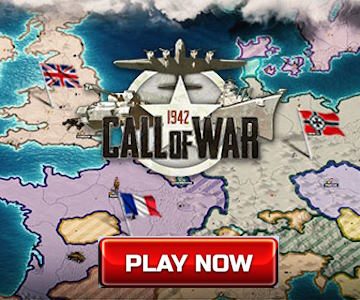
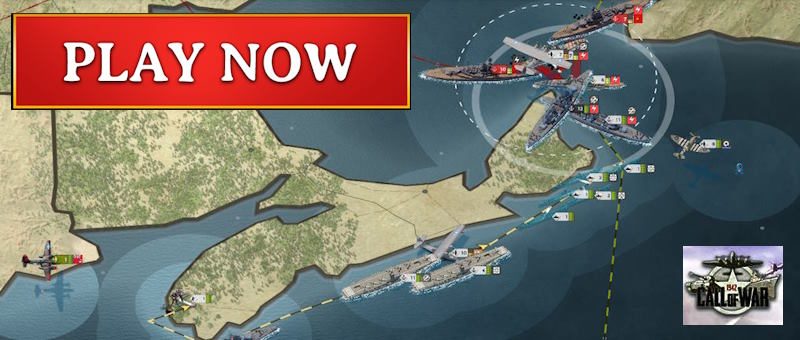

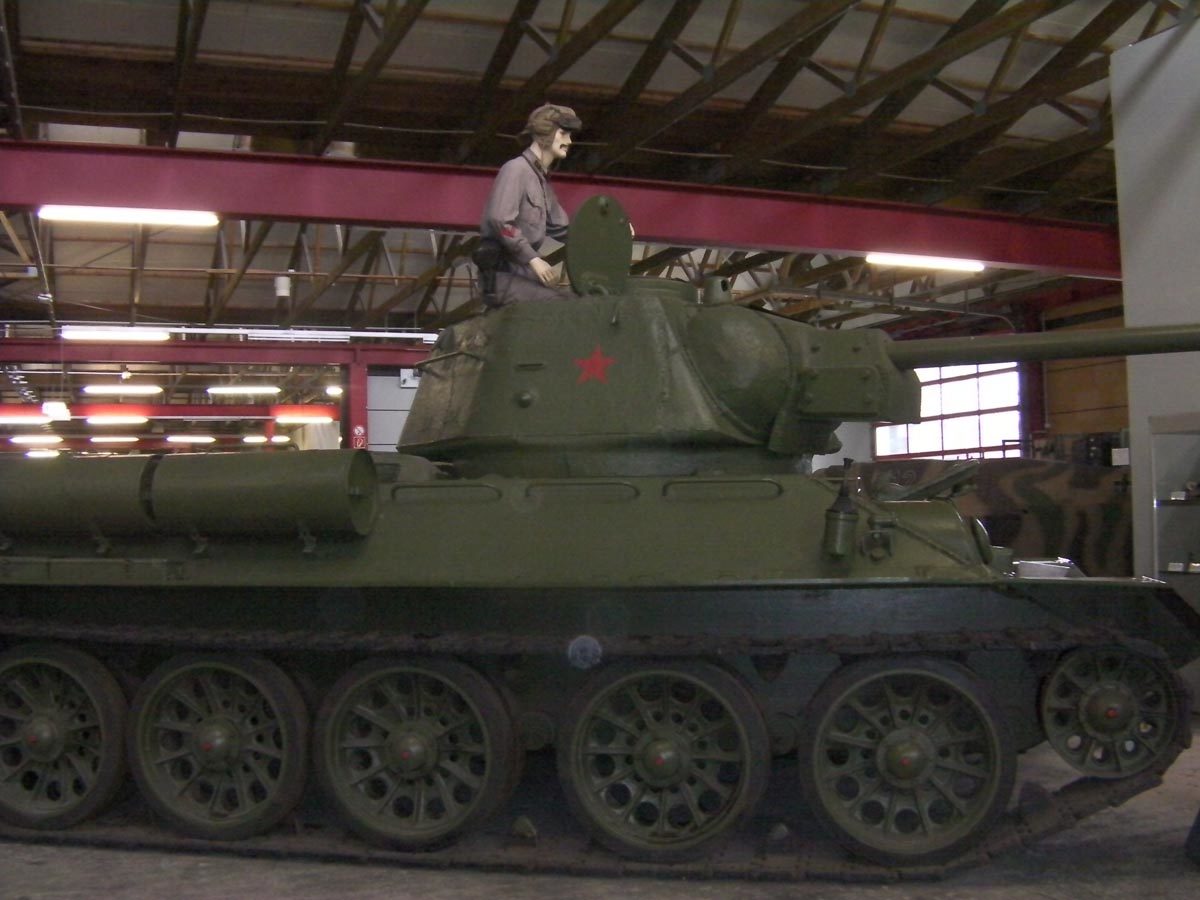

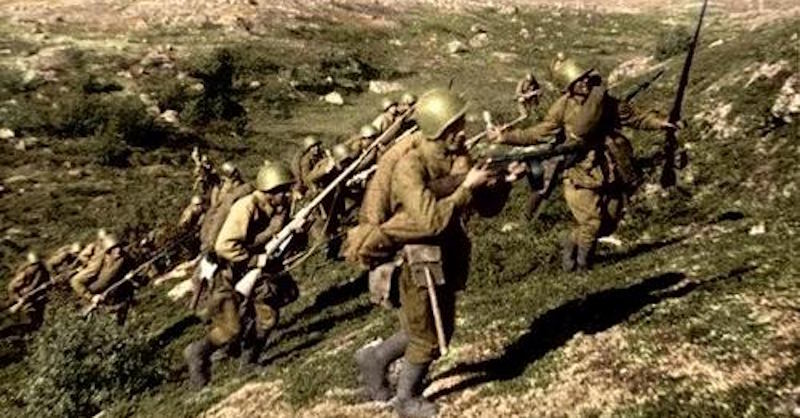
I’m needing information regarding Luftwaffe ranks being “skipped” in the latter part of WWII. For instance, might an outstanding oberleutnant have been promoted to major rather than Hauptman should circumstances call for it?